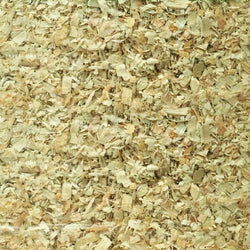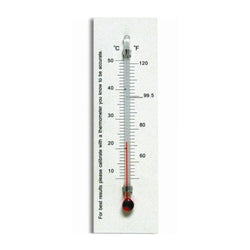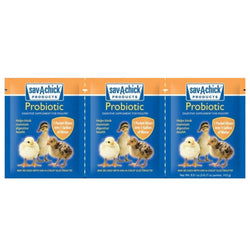Part 3: Raising worms to feed your chickens
Back to blog
Dump a manageable amount into bin
Part 3: Raising worms This is the third installment of my blog about raising worms as feed for your chickens. Part one can be viewed here and part two here. In this installment I'll address harvesting the worms and feeding them to your chickens. Harvesting worms and castings There are several ways to harvest your worms. The method you use is dependent mostly upon how large your beds are. If you have a relatively small colony, separating them by hand will work quite well. If you have a large colony, there are mechanical ways to do the job which can cut down significantly on the amount of time spent on the process. Separating by hand Worms shy away from light. You can use this to your advantage when it comes time to separate them from the castings. Place a table or piece of plywood either in the sun if it is not too hot, or inside with a light suspended above it. Any large surface will work, but I like separate mine in the black plastic tubs used for mixing cement, found at any building supply store. They are relatively inexpensive and work quite well. The shape keeps anyone from squirming out! I like to position this at waist height so as not to put a strain on my back. 
Almost fully separated
Dump a manageable amount of worms and castings onto the end of your surface or bin farthest away from you. Let it set for a few minutes and the worms will move away from the light, going deeper into the mound of castings. Begin by removing any large unprocessed pieces, and then gently pull the castings toward you leaving the worms where they are. (The larger unprocessed material can be returned to the worm beds when finished.) As you uncover the worms they will move down away from the light. Continue in this manner until you have a pile of castings near you and a pile of worms at the other end. You will need to stop from time to time to allow the worms to move away from the light and dig into the mound. Separating mechanically There are several mechanical harvester designs, some commercially produced and others homemade.
My homemade harvester.
I made my own. I used three 20” bicycle rims with the tires removed, 1/8” hardware cloth for the first section and 1/4” hardware cloth for the second section. The exact dimensions are not critical and can be whatever works for you. A small motor spins the screen barrels at a slow speed. You feed the worms/castings into the first section and as the barrel turns, the finest castings drop into a bin. The rest of the castings, along with the worms, continue to the second section where larger granules fall into another bin. The worms and any unprocessed material continue on and drop out the end of the barrel. Many harvesters will have only one screened section, and these work as well. The difference is that you just get one size of granules. The reason I like to separate the finer castings is that I sell them to local nurseries and use the castings from the second bin, the larger granules, on my plants.
I'm using an electric drill as the motor until I find a more suitable one.
Pros and cons of each method Separating by hand Pros:
- No wasted castings
- Less harmful to worms and worm egg casings
- Won’t lose many of the very small worms
- Slow and laborious
- Hard to separate the castings from larger pieces of unprocessed material
- Much faster
- Easily separates castings from unprocessed material
- Must allow it to dry a bit before putting through the machine
- Small, newly hatched worms may be lost
- Egg casings may end up in the compost rather than returned to the beds.














